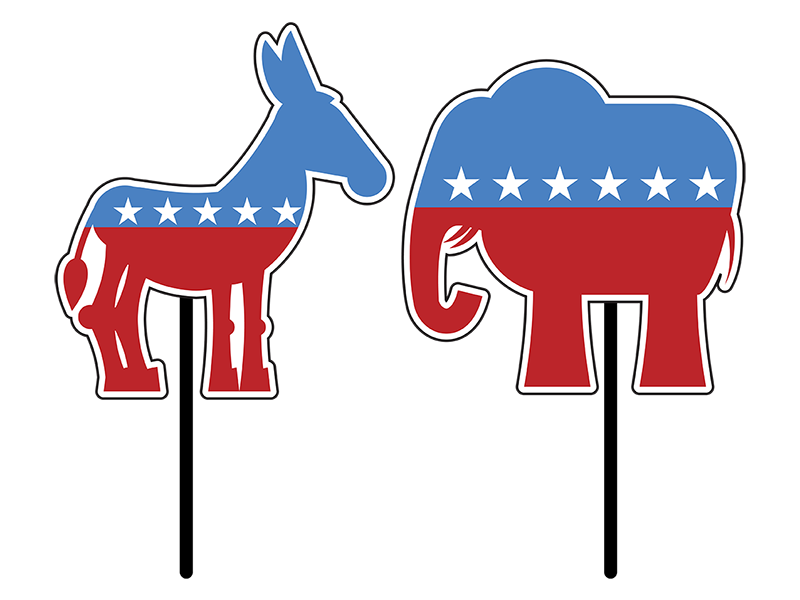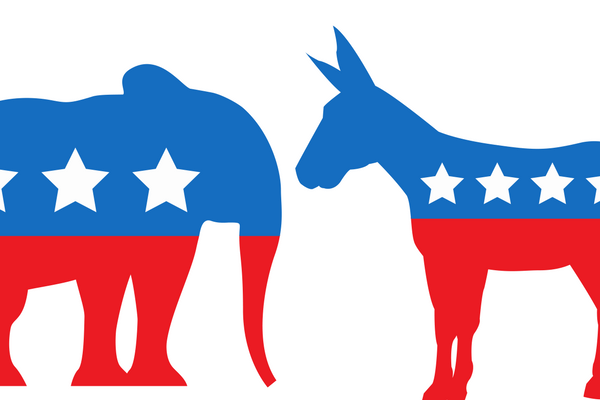Tag: Analysis
-
Decade-low 227 state legislative incumbents defeated on Nov. 3

In the November 2020 general election, 227 state legislative incumbents were defeated, the lowest number in any even-numbered year in the past decade. By party, those defeated incumbents include 165 Democrats, 52 Republicans, and 10 independents and members of a third party. The 227 incumbents defeated marked a 29.5% decrease from the 322 defeated in…
-
Trump administration’s 2-for-1 regulatory policy in review

The Office of Information and Regulatory Affairs (OIRA) issued a 2020 update on the Trump administration’s 2-for-1 regulatory policy as part of the Fall 2020 edition of the Unified Agenda of Federal Regulatory and Deregulatory Actions. The 2-for-1 policy applies to economically significant rules—those with an anticipated economic impact of $100 million or more. The…
-
Ballotpedia’s analysis of California’s 2020 local ballot measures

California voters decided 719 local ballot measures across seven different election dates in 2020. Here are some highlights from Ballotpedia’s annual report on local ballot measures in California: • Voters approved 62.4% percent of California’s local measures in 2020, which was 14 and 15 percentage points lower than their approval rates in 2016 and 2018,…
-
States publish coronavirus vaccine distribution plans

All 50 states have released plans for distributing a coronavirus vaccine once one or more have been made available. The U.S. Centers for Disease Control and Prevention (CDC) set an October 16 deadline for states to submit first drafts of the plans. The CDC asked states to respond to a set of planning assumptions in…
-
Donald Trump wins 20 states with trifectas, Joe Biden wins 18

After the 2020 elections, Republicans had 23 trifectas, Democrats had 15 trifectas, and 11 states had divided governments. Trifecta status in Alaska is pending. A trifecta occurs when one political party holds the governorship and majorities in both chambers of the state legislature. Two divided government states gained Republican trifecta status following the 2020 elections.…
-
Seventy-five U.S. congressional elections were decided by 10 percentage points or fewer

Seventy-five congressional races in 2020 were decided by 10 percentage points or fewer, including eight for U.S. Senate and 67 for U.S. House. Thirty-five races were decided by fewer than five percentage points; three of those were U.S. Senate races and 32 were U.S. House races. Democratic candidates won 40 of these elections and Republican…
-
10 percent of open Congressional seats changed party hands in 2020

Forty Congressional incumbents—four in the Senate and 36 in the House—did not run for re-election in 2020. Of these 40 open seats, four (10 percent) changed party hands as a result of the 2020 elections, and an additional three races were still too close to call as of Nov. 18. All four changes occurred in…
-
Number of Republican-majority federal circuit courts has doubled in Trump administration

Since Donald Trump (R) took office in January 2017, he has appointed 52 judges to the 13 federal circuit courts. At the time of his inauguration, a majority of members on four of those courts were appointed by Republican presidents. Before the 2020 election, a majority of members on eight of those courts were appointed…
-
Veterans in the 116th Congress

Ninety-six veterans served as members of the 116th Congress (2019-2020). Seventy-three served in active duty with one of the four main military branches: 15 in the Air Force, 36 in the Army, 15 in the Marine Corps, and eight in the Navy (Steven Palazzo served in both the Army and Marine Corps). The remaining veterans…
-
How much pension debt does your state have?

Unfunded liabilities refer to a pension fund’s debts—the payments owed to members of the pension fund that exceed its assets of current capital and their projected investment returns. This difference between assets and liabilities is monitored as an indicator of pension fund performance, management, and ability to pay retiree benefits. In the years between 2003-2018,…

